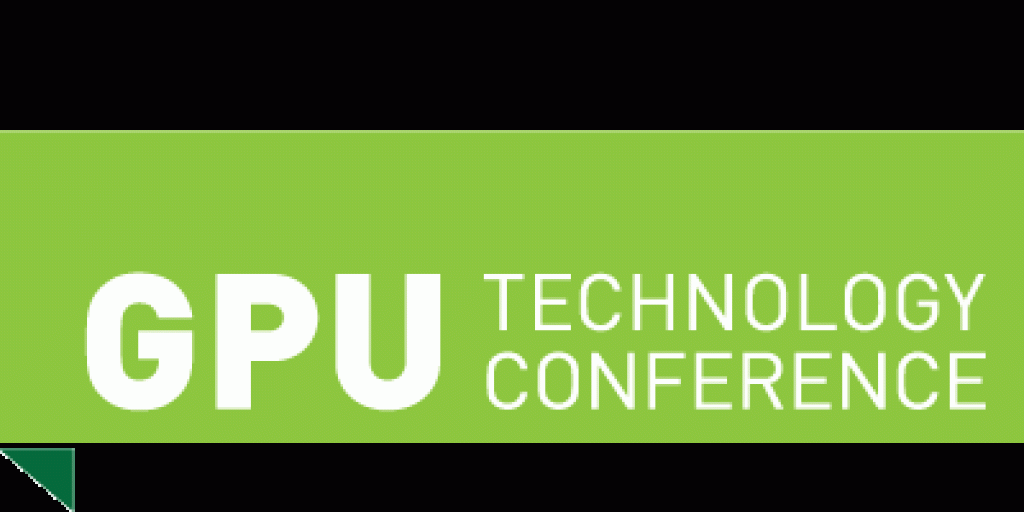“Keeping Brick and Mortar Relevant, A Look Inside Retail Analytics,” A Presentation from Prism Skylabs
Doug Johnston, Founder and Vice President of Technology at Prism Skylabs, delivers the presentation "Keeping Brick and Mortar Relevant: A Look Inside Prism Skylabs and Retail Analytics" at the December 2014 Embedded Vision Alliance Member Meeting. Doug explains how his firm is using vision to provide retailers with actionable intelligence based on consumer behavior.




